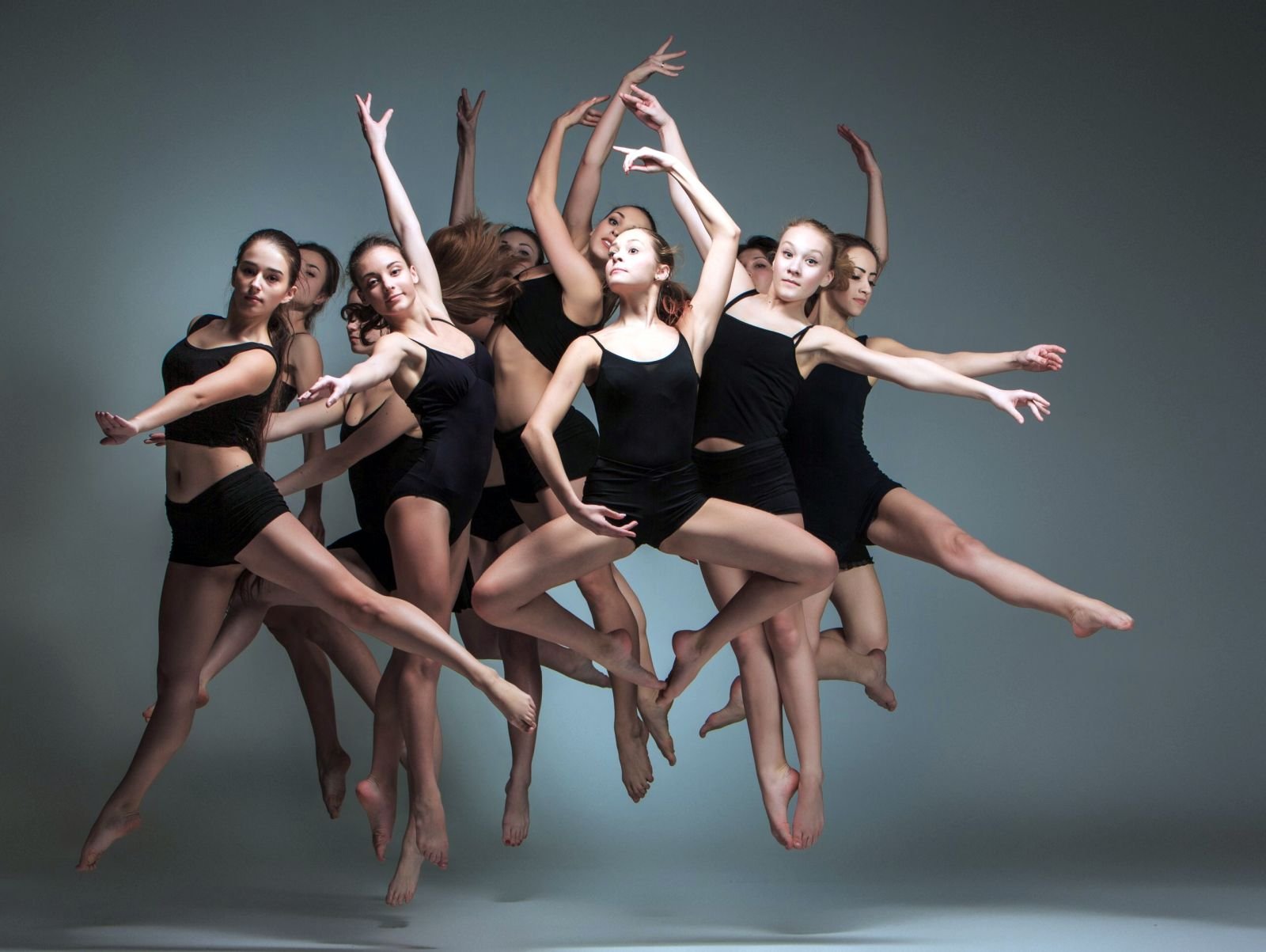Jazz dance is a captivating and energetic form of dance that has evolved over the years, merging elements of various dance styles to create a vibrant, expressive, and highly rhythmic genre. Rooted in African-American culture and influenced by the music of jazz, this dance form is known for its bold, lively movements and adaptability to different musical styles.
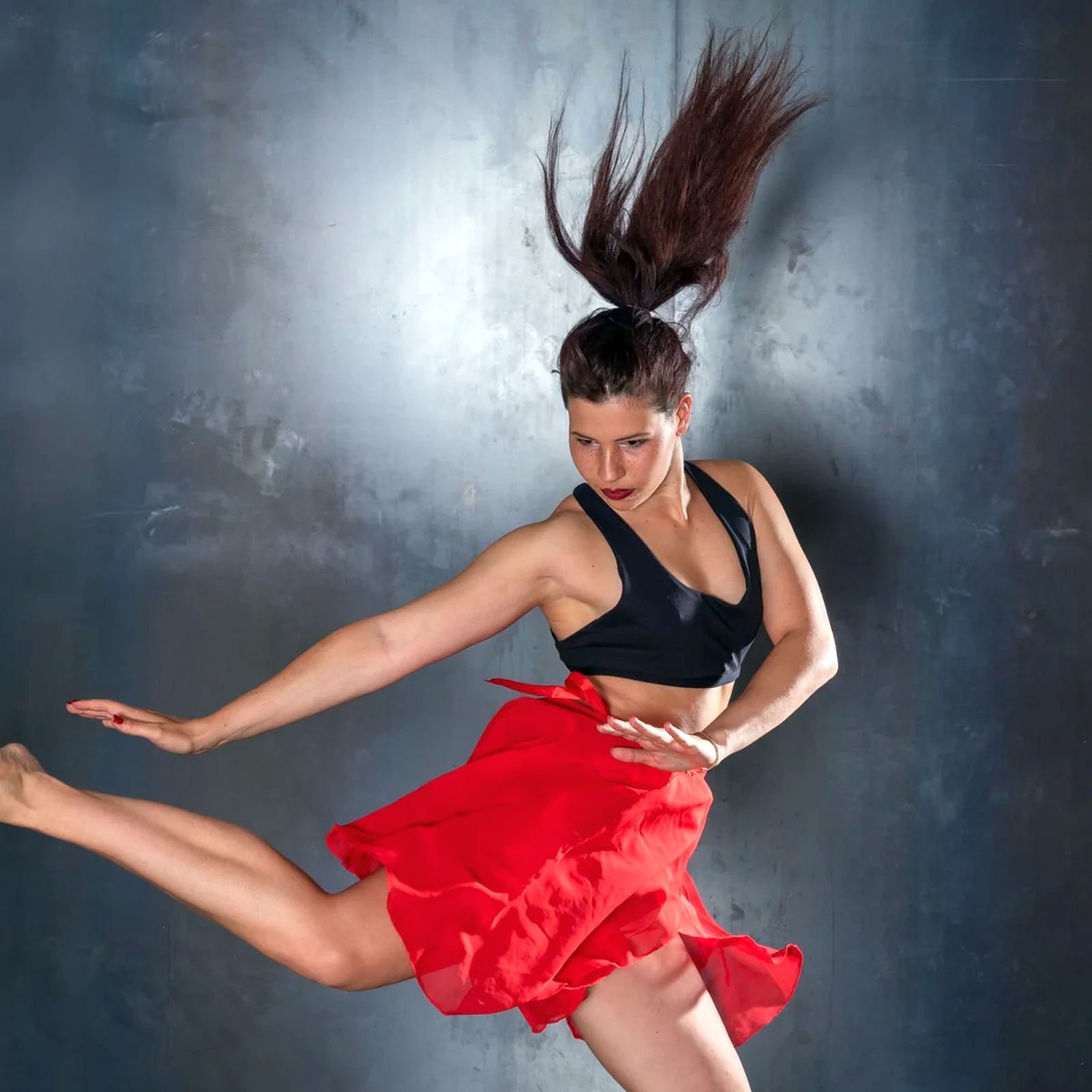
Table of Contents
Jazz Dance: A Dynamic Blend of Tradition and Innovation
The Origins of Jazz Dance
Jazz dance originated in the late 19th and early 20th centuries as African-American dancers in the United States began to blend their traditional African movements with European dance forms. The syncopated rhythms of African music combined with European ballet techniques laid the foundation for jazz dance. It quickly became popular in the 1920s during the Jazz Age, where it was performed in nightclubs, Broadway musicals, and films.
During this period, jazz music was evolving rapidly, and its rhythms influenced the dynamic movements of jazz dance. Iconic dances like the Charleston and Lindy Hop, both rooted in jazz music, became popular social dances, adding to the diversity of the genre.
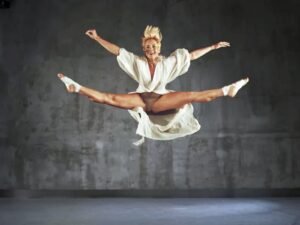
Key Characteristics of Jazz Dance
One of the most defining features of jazz dance is its flexibility and adaptability. While ballet often focuses on formal positions and techniques, jazz dance is more fluid and encourages personal expression. Here are some key characteristics of jazz dance:
- Isolations: Dancers often isolate different parts of their bodies (like shoulders, hips, or rib cage) to move independently, creating sharp and clean movements.
- Syncopation: The off-beat, syncopated rhythms of jazz music are reflected in the dance, where movements often hit surprising beats, adding an exciting unpredictability.
- Dynamic Energy: Jazz dance is known for its high-energy, fast-paced moves. It is playful, bold, and always changing with the music.
- Improvisation: Unlike some dance forms that follow strict choreography, jazz dance often allows for moments of improvisation, giving dancers room for creativity and spontaneous expression.
- Turns, Leaps, and Kicks: Signature jazz moves include high kicks, leaps, turns, and spins, demonstrating both strength and grace.
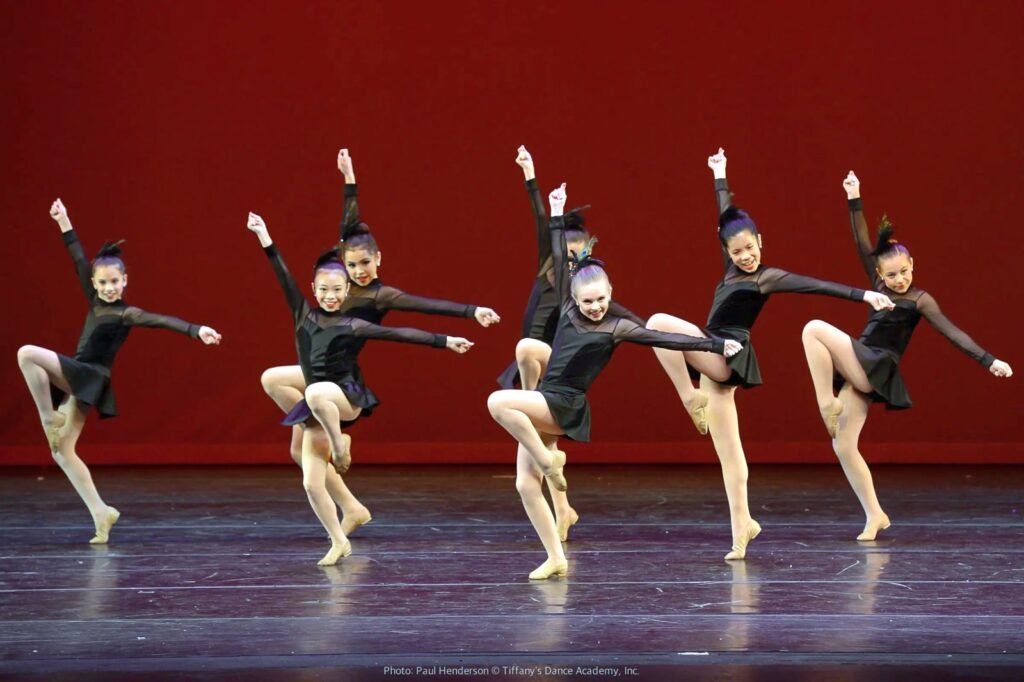
Influential Figures in Jazz Dance
Jazz dance owes much of its development and popularity to choreographers and dancers who brought the style into the mainstream. Here are some influential figures:
- Jack Cole: Often referred to as the “father of jazz dance technique,” Cole was a pioneer who blended modern, ballet, and ethnic dance styles into jazz. He worked with Hollywood stars like Marilyn Monroe, bringing jazz dance to the silver screen.
- Bob Fosse: A legendary choreographer, Fosse created a unique jazz dance style that was slinky, sensual, and highly stylized. His choreography in musicals like Chicago and Cabaret is iconic, and his influence is still seen in jazz dance today.
- Katherine Dunham: A dancer and anthropologist, Dunham was instrumental in bringing Afro-Caribbean dance to the U.S., which heavily influenced the development of jazz dance. Her blend of cultural movements with modern dance enriched jazz dance’s vocabulary.

Evolution of Jazz Dance
Over time, jazz dance has evolved into many forms. In the mid-20th century, it became a staple of Broadway musicals and Hollywood movies, where choreographers incorporated it into theatrical storytelling. As jazz music morphed into rock, pop, and funk, jazz dance evolved too, taking on new rhythms and styles.
In the late 20th century, jazz dance also began to incorporate elements of street dance and hip-hop, further expanding its range and appeal. Today, jazz dance continues to evolve, influencing and being influenced by contemporary dance, commercial dance, and even ballet.
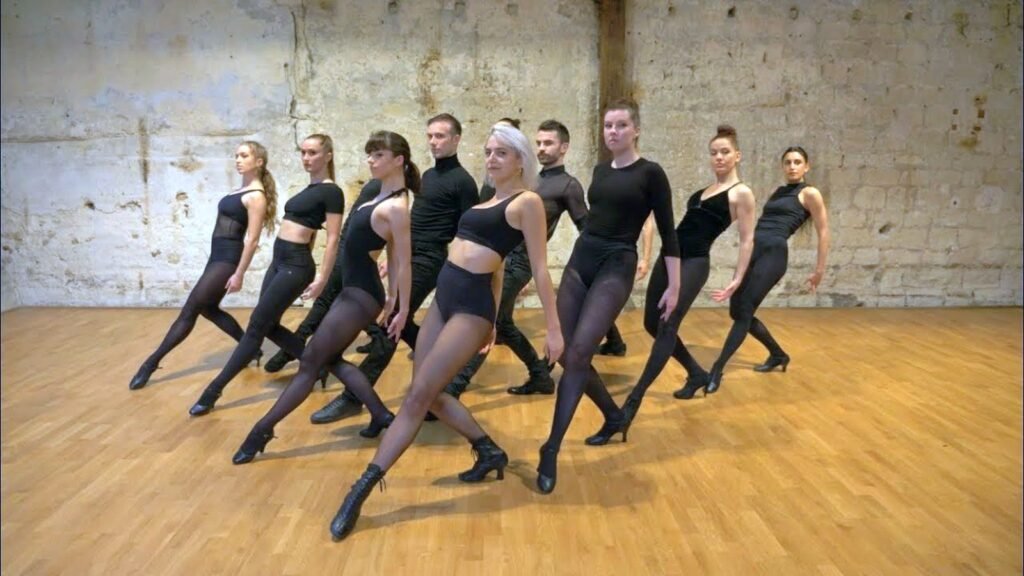
Jazz Dance in Popular Culture
Jazz dance remains a fundamental part of pop culture and entertainment today. It’s seen in music videos, television shows, commercials, and stage performances. From Broadway musicals like The Lion King and Wicked to dance competitions like So You Think You Can Dance, jazz dance is everywhere. Its adaptability to different musical genres—whether jazz, rock, pop, or hip-hop—keeps it relevant and engaging to new generations of dancers.
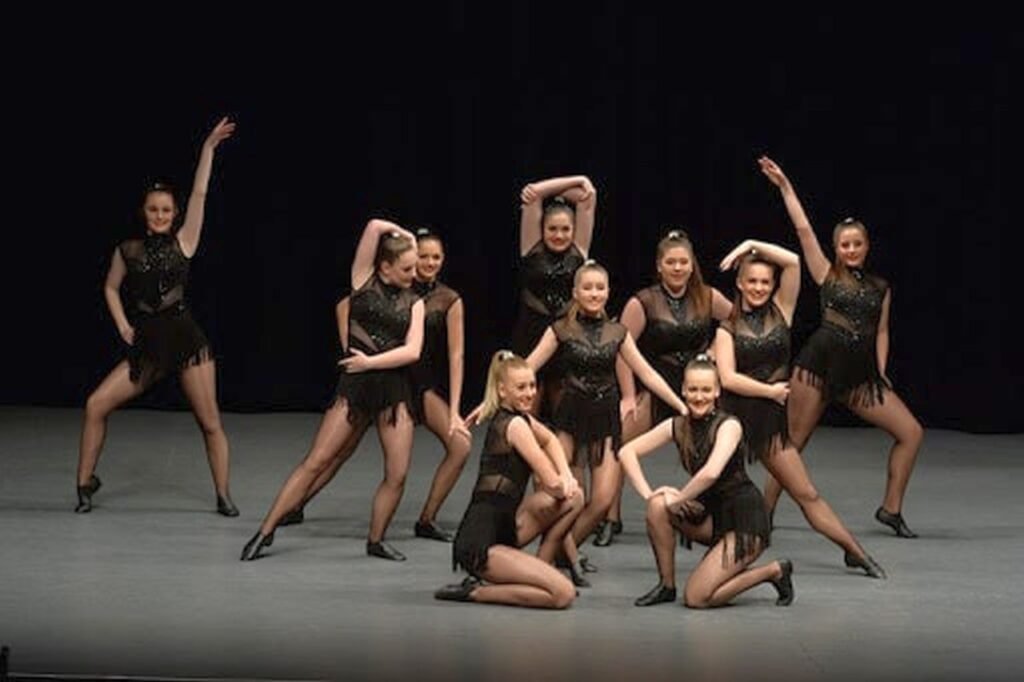
Jazz Dance Today
In modern dance studios, jazz dance is one of the most popular genres, taught alongside ballet, hip-hop, and contemporary dance. It is a core style for dancers who perform in musical theater, commercials, and even on concert tours. Jazz dance classes help students develop coordination, musicality, flexibility, and the ability to express themselves through movement.
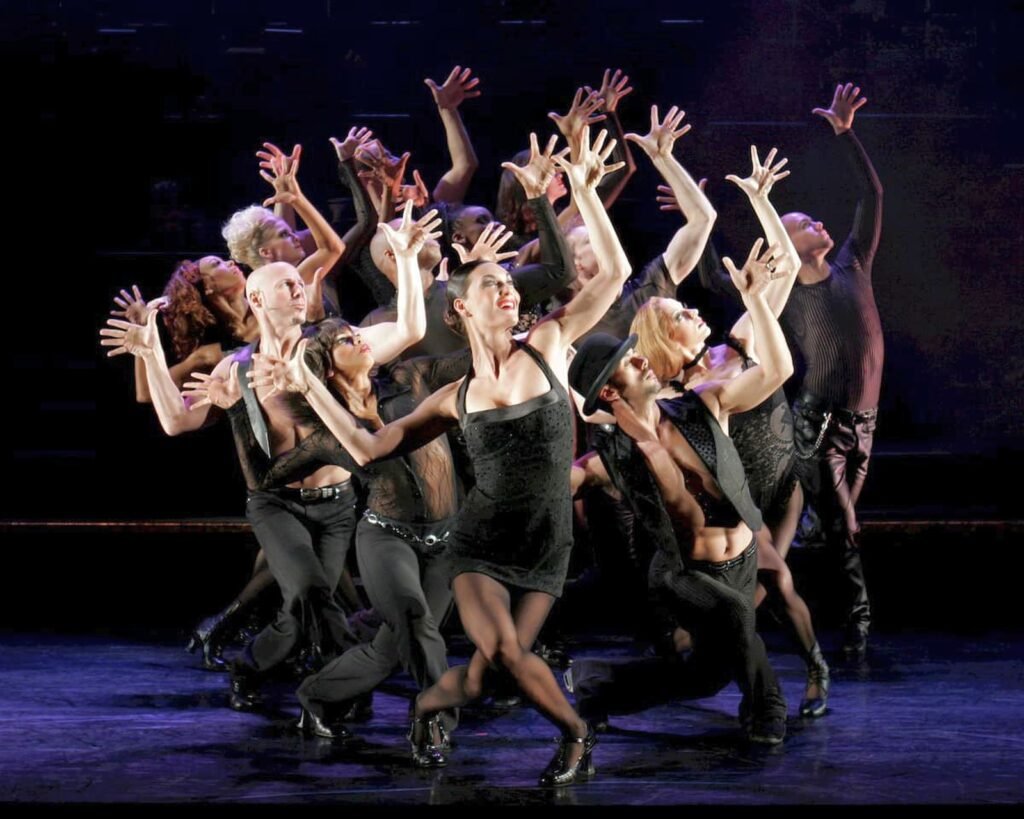
Why Learn Jazz Dance?
Learning jazz dance can be a rewarding experience for dancers of all ages and skill levels. Here are a few reasons why people are drawn to jazz:
- Physical Benefits: Jazz dance is an excellent way to stay active. The high-energy movements improve cardiovascular fitness, flexibility, strength, and coordination.
- Artistic Expression: Jazz dance is inherently expressive, allowing dancers to convey emotions, tell stories, and explore their individuality.
- Versatility: Jazz dance gives dancers a versatile foundation, incorporating techniques from ballet, modern dance, and contemporary styles.
- Fun and Dynamic: Jazz dance is full of variety, making it fun to learn and perform. The ever-changing rhythms and fast-paced choreography keep dancers engaged and entertained.
Jazz dance is more than just a form of dance—it’s a rich and vibrant tradition that celebrates creativity, freedom, and personal expression. Whether on stage, in the studio, or on the screen, jazz dance continues to captivate and inspire dancers and audiences alike. With its roots in African-American culture and its adaptability across decades, jazz dance has earned its place as a timeless and essential dance form.
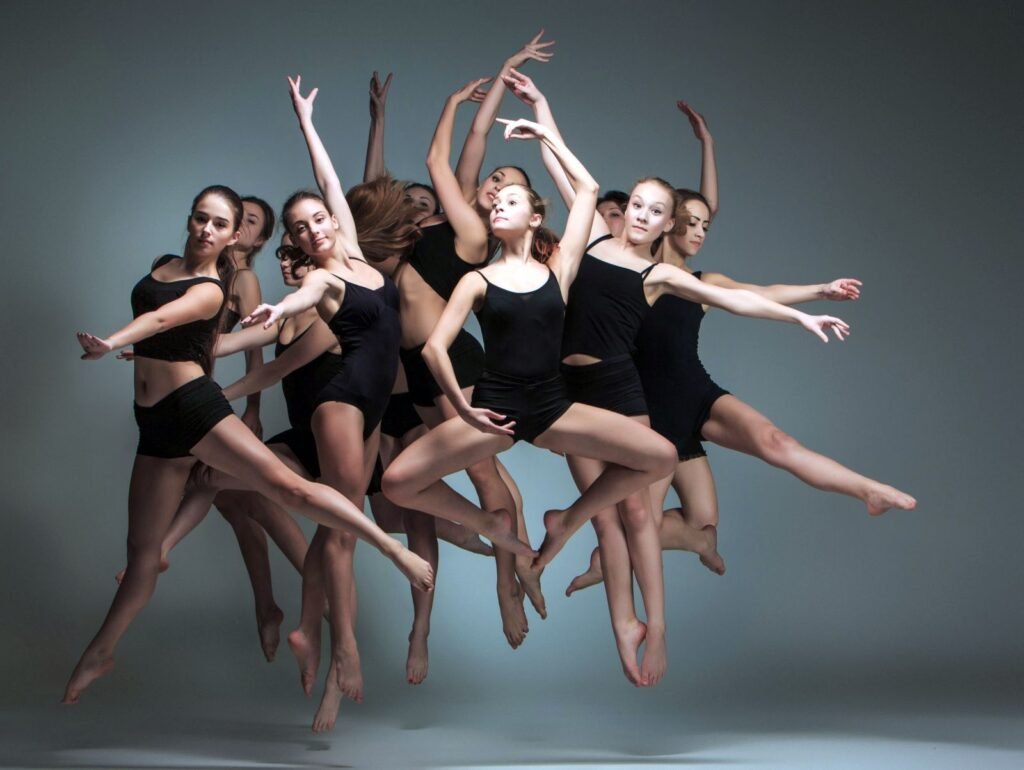
At Dance Gurukul, GOLN, we explore jazz dance in all its diversity, from its historical roots to its modern incarnations. Whether you’re a seasoned dancer or just starting, our video classes, workshops, and resources will help you dive deep into the dynamic world of jazz dance. Keep moving, keep dancing, and explore the endless possibilities that jazz dance offers!
See more:
